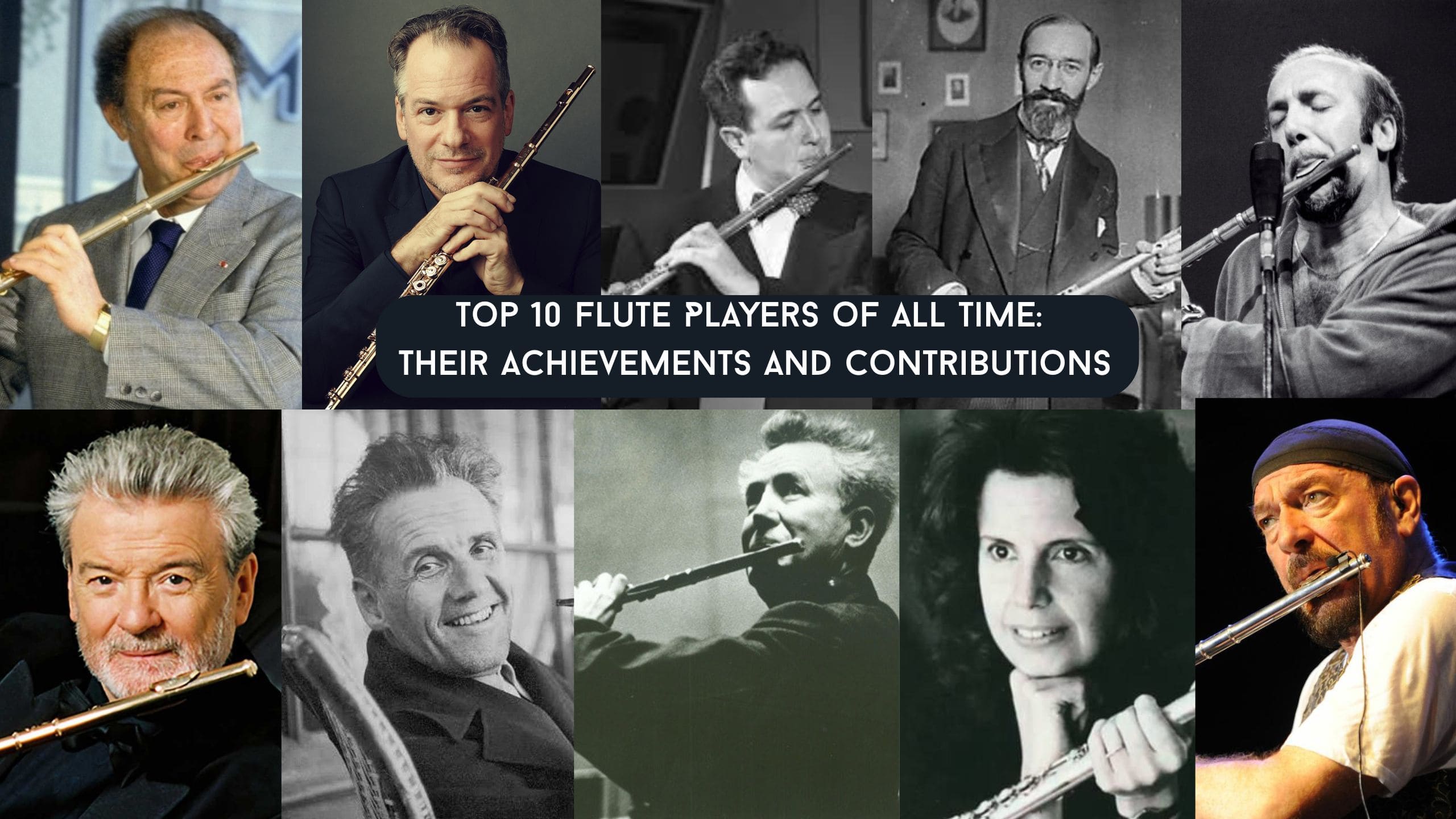
Top 10 Flute Players of All Time: Their Achievements and Contributions
As one of the oldest instruments, the flute came through a long time of evolution and transformation starting from primitive bone pipes and growing to a sophisticated tool. During decades and even centuries, great maestros explored this instrument’s possibilities and pushed its limits, proving that it can find its place not only within classical settings but also in jazz and loud music genres. In this article, we invite you to take a look at the ten greatest flute players of all time.
- 1. Jean-Pierre Rampal (1922–2000)
- 2. James Galway (b. 1939)
- 3. Emmanuel Pahud (b. 1970)
- 4. Marcel Moyse (1889–1984)
- 5. Julius Baker (1915–2003)
- 6. Georges Barrère (1876–1944)
- 7. William Kincaid (1895–1967)
- 8. Jeanne Baxtresser (b. 1947)
- 9. Herbie Mann (1930-2003)
- 10. Ian Anderson (b. 1947)
- 11. Final Word
Jean-Pierre Rampal (1922–2000)
Jean-Pierre Rampal wrote his name into the history of music as the first flute player with world recognition. Supported by his father, his first teacher, he kept improving in mastering the flute and managed to play it so well that some time later he transformed the flute into a solo instrument equal to the violin or piano. Rampal broadened the flute's repertoire and breathed a new life into forgotten works of the Baroque era. He performed with almost every major orchestra in the world. His bright and warm tone became the standard for classical flute players. Rampal presented the world with more than 400 albums, featuring various styles, from classic to jazz. Despite his brilliant musical career and professional achievements, the musician never stopped considering his personal life as the source of joy and stability.

James Galway (b. 1939)
Known as “The Man with the Golden Flute”, the Irish virtuoso James Galway has sold over 30 million recordings worldwide. He skillfully interpreted classical repertoire while working in multiple genres. Raised as a Presbyterian, James was surrounded by a tradition of flute music from an early age. One of his teachers was the French flute player Jean-Pierre Rampal, who helped him with flute playing technique. Galway got his first orchestral flute-playing job at Sadler's Wells Opera. Later, he also took a position as a principal flutist on the Berlin Philharmonic under Herbert von Karajan. Galway’s recordings of Mozart and Bach became true classics. What drew global recognition to him was his interpretations of film music and Celtic tunes. Today James continues to be one of the most commercially successful musicians who knows how to benefit from various genres.

Emmanuel Pahud (b. 1970)
Swiss-French flute player Emmanuel Pahud is a true contemporary legend. His parents weren’t involved in music and his interest in flute was sparked by the sounds of this instrument played by the oldest son of their neighbors during the time when his parents lived in Rome. But his non-musical background didn't prevent him from becoming a principal flutist of the Berlin Philharmonic at the age of 22. Although Emmanuel was classically trained he could effortlessly move from Bach to jazz-inspired and avant-garde compositions. His technical perfection perfectly combined with lyrical style. Emmanuel shared the stage with many prestigious orchestras such as the London Symphony Orchestra, the Berlin Radio Symphony Orchestra, the Yomiuri Nippon Symphony Orchestra, L'Orchestre de la Suisse Romande, and others. Pahud’s discography includes more than 20 recordings, featuring performances in symphonic, chamber, and string settings. This musician really proves what it’s like to be a 21st-century performer who adapts to various composers’ ideas like a chameleon who never stops pushing toward innovation.

Marcel Moyse (1889–1984)
Marcel Moyse is known as a talented orchestral musician, solo flute player , and a great teacher, who built the flute’s modern school and laid the foundations for the Suzuki Flute Method. Everything began with observing his uncle’s life who played in a cello section in the Lamoureux Orchestra. This early insight helped Marcel understand how a true professional musician’s routine looked like. His uncle introduced him to cultural life in Paris as well as organized drawing and music lessons. He practiced playing the flute for forty-five minutes every day during the week. Under the guidance of Hennebains and Taffanel, Marcel won the place in the flute class at the Paris Conservatoire. He was only 14 when he played in the orchestra conducted by Rimsky-Korsakov. He also participated in opera singer Nellie Melba’s tour across the United States. Marcel Moyse performed with Lamoureux Orchestra and the Société Concert du Conservatoire as a solo flute player . He won several Grand Prix du Disques awards. Marcel became the founder of the Marlboro School of Music in 1951 in Vermont. He was also known as the author of highly appreciated books — De La Sonorité and Tone Development Through Interpretation, both aimed at improving flute playing technique.

Julius Baker (1915–2003)
Julius Baker entered music history as a talented performer and a transformative teacher. He started playing the flute at the age of nine and refined his skills at the Eastman School of Music.
During his career, Julius played as a principal flute in a range of well-known orchestras including the New York Philharmonic, the Chicago Symphony, the Pittsburgh Symphony, and more. As an admirer of chamber music, he also established the Bach Aria Group, an ensemble created specifically to perform Bach’s works.
Baker trained many notable pupils, including Jeffrey Khaner, Jeanne Baxtresser, Marina Piccinini, Demarre McGill, and more.

Georges Barrère (1876–1944)
Georges brought French flute tradition to the United States. Unlike most players of that time, he used a silver flute instead of wood ones and the heavy German style. Georges became the one who revolutionized American flute playing with lighter and more flexible instruments.
With the support from soloist and orchestral player, Paul Taffanel, in 1895 Barrère established the Sociètè Moderne des Instruments à Vent, a woodwind chamber music society. During its first decade of existence it was responsible for sixty-one new compositions by forty European composers.
Georges frequently performed with orchestras as well as played recitals and chamber concerts. Barrère’s career bridges the gap between Romantic lyricism and modern innovations.

William Kincaid (1895–1967)
Willian is often called the father of the American flute school and it’s not an exaggeration. The musician played the principal flute in the Philadelphia Orchestra for 40 seasons, which included 215 performances as a soloist. He also shared his knowledge with students at the Curtis Institute. What’s more, he became the creator of an American school of flute playing by developing his own style featuring the depth of tone and elegant phrasing.
Throughout his life William was fond of swimming. This helped him develop perfect breath control which contributed to his flute career as well.
Almost 90% of American flutists active in 2003 in the United States can trace their heritage to this musician.

Jeanne Baxtresser (b. 1947)
Jeanne Baxtresser is a well-known female musician who was a principal flute player of the New York Philharmonic for more than 15 years. Raised by her mother who was an award-winning concert pianist, Jeanne was surrounded by the music from her childhood. She failed to achieve success with the piano, but the flute was truly her instrument. She made fast progress with flute lessons, studied at the Juilliard School of Music in New York City, and even won the position of principal flute of the Montreal Symphony. She was also hired as professor of flute at McGill University. Jeanne’s career shattered gender barriers in classical music and set new standards. She stood out thanks to her luminous tone and precise articulation. What’s more Baxtresser was a dedicated teacher, publishing helpful materials like Orchestral Excerpts for Flute. She had been and continues to be a strong inspiration for female flutists.

Herbie Mann (1930-2003)
This American jazz flute player gained great popularity during the 1960s and 1970s, presenting the world with the innovative fusion of jazz and global musical styles. He began his musical career with the clarinet, gradually moving to tenor saxophone and flute. Herbie never had any role-model in jazz flute playing as there were no musicians who did that. This motivated Herbie to develop his own approach to playing the jazz flute by getting inspired within and outside the jazz genre, including South American and Caribbean rhythms.
Herbie’s hits took leading positions in Billboard 200 pop charts, which was very untypical success for a jazz musician. During his experimental period, he collaborated with famous singers, bassists and drummers — Cissy Houston, Duane Allman, Donald "Duck" Dunn, Larry Coryell, Miroslav Vitous. He had some cross-cultural collaboration during the 1970s and 1980s. Back then, he performed in New York City nightclubs with Indian musician Vasant Rai.
Herbie Mann is also known as the founder of his own label, Embryo Records.

Ian Anderson (b. 1947)
Ian Anderson is known as the frontman of the rock band Jethro Tull, who managed to make the flute a central voice in loud music settings. Starting from the local grammar school and studying fine art at the art college, he hardly imagined himself as a professional musician. Influenced by jazz, classical, and blues he founded his first band The Blades in 1963, where he sang and played a guitar and harmonica.
Once he doubted his skills as a guitar player, Ian switched to the flute. It took only a few weeks of practice to see that this instrument fits into the rock and blues styles. In addition to the flute, he also played a soprano saxophone, bass guitar, keyboards, whistles, and more.
Anderson stood out thanks to his aggressive, percussive playing and artistic stage presence which helped to turn the flute into a symbol of countercultural creativity in the 1970s. His innovative use of the flute within rock music context with his band Jethro Tull proves this instrument as a truly rebellious one. Apart from the band, Ian also released several solo albums, featuring instrumentals with a strong influence of ethnic musical traditions.

Final Word
This was our excursion into the creative life of ten flutists of all time, each representing different eras and philosophies. However, they all are united by curiosity and pursuit of expression. All these great people prove the ability of the flute to take a strong position in a variety of contexts. Whether in symphony halls, recording studios, or blending with the loud styles, the flute adds a unique touch to the music. It still has some ancient magic echoing in its sound while breathing new life into modern artistic experiments.
Feel free to explore our variety of genuine leather flute accessories, featuring reliable gig bags, backpacks and wallets.
Would you like some tips on choosing a bag for your instrument? Grab useful insights from our article How To Choose The Best Flute Bag to Protect Your Instrument.









 https://mgleatherwork.com
https://mgleatherwork.com
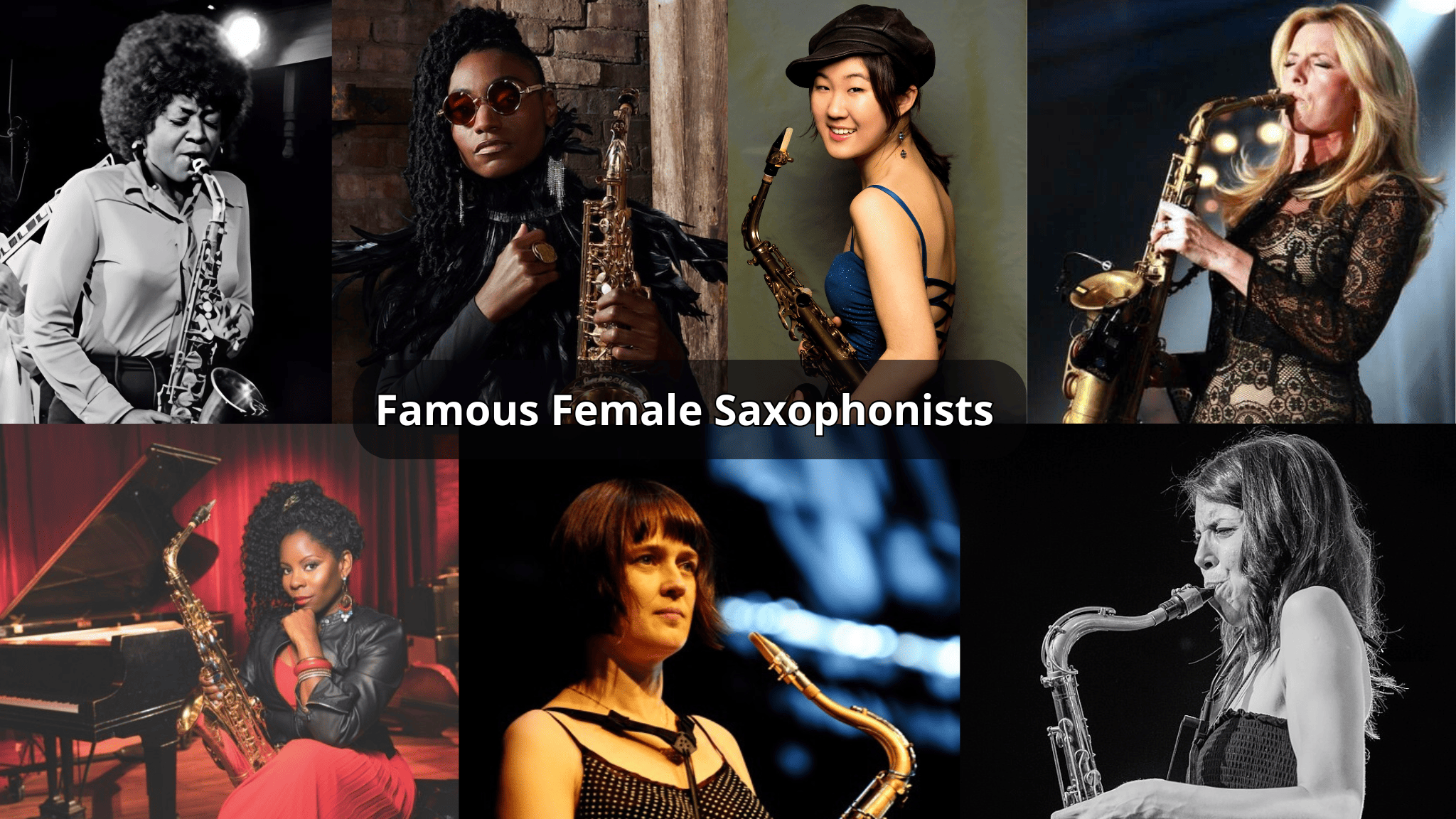
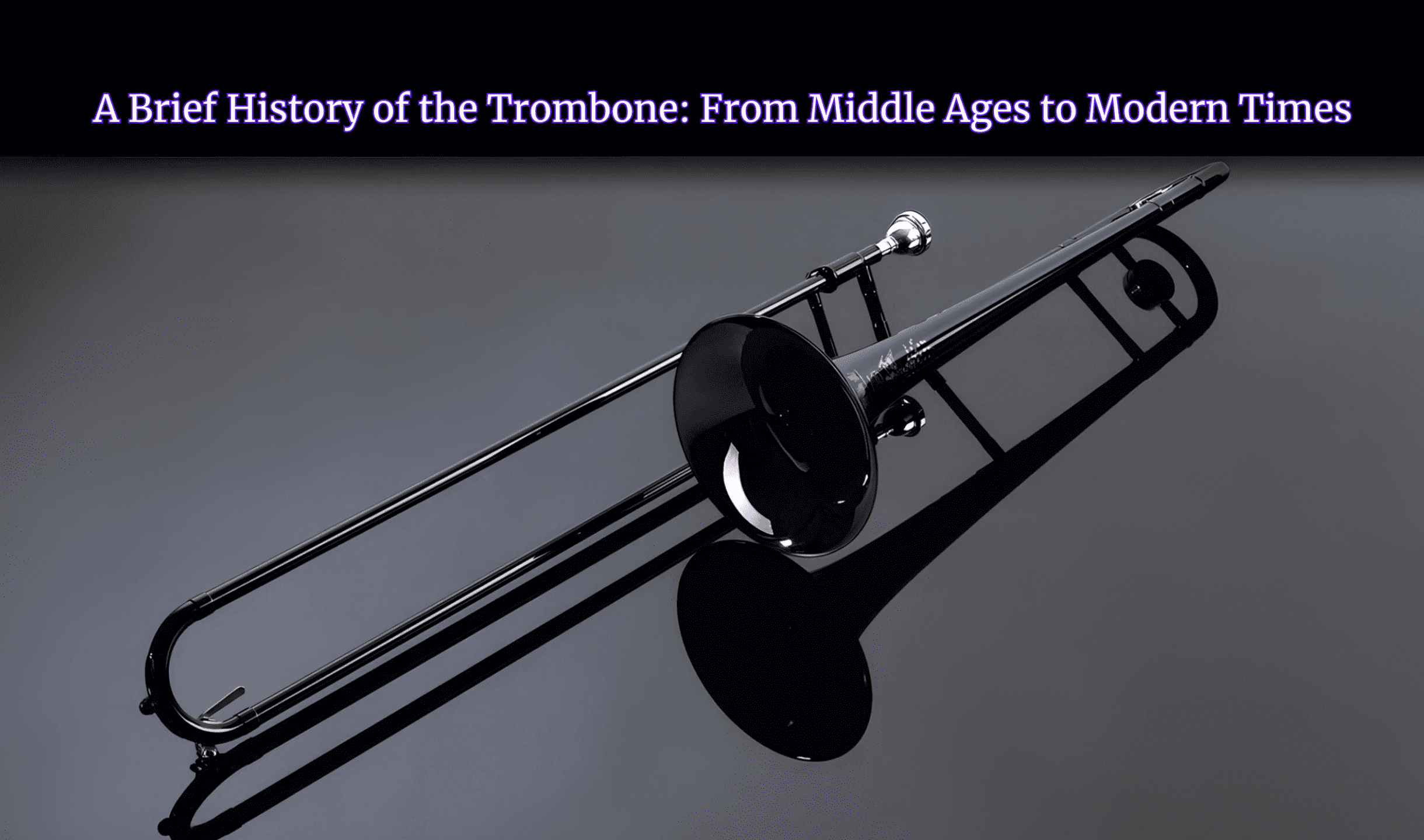
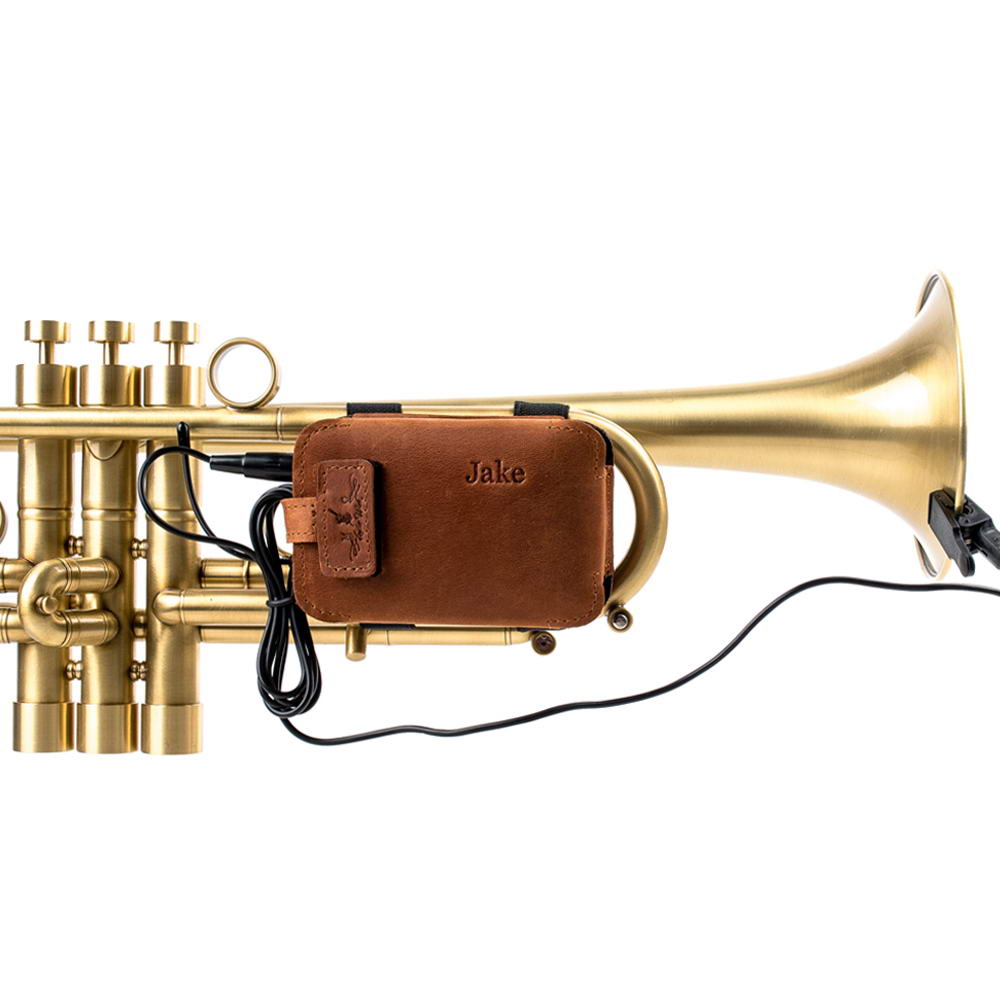
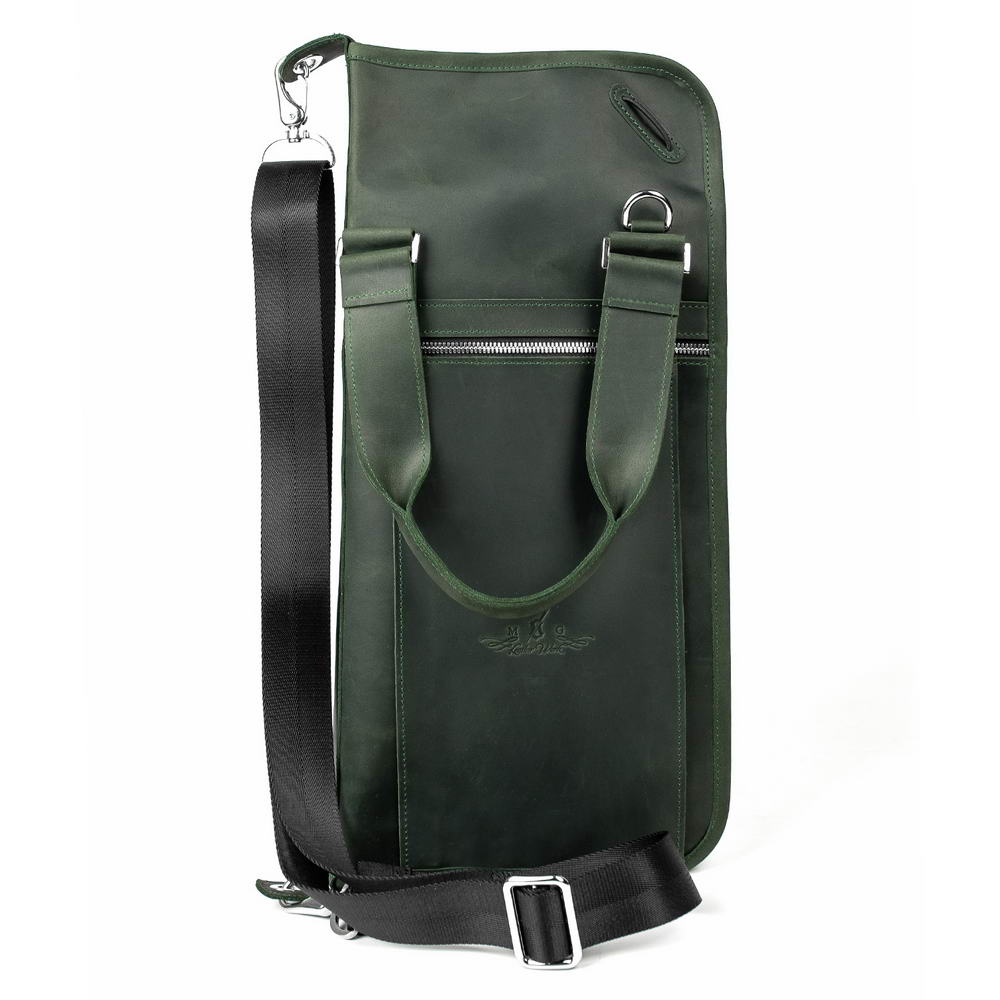

Leave a comment
This site is protected by hCaptcha and the hCaptcha Privacy Policy and Terms of Service apply.